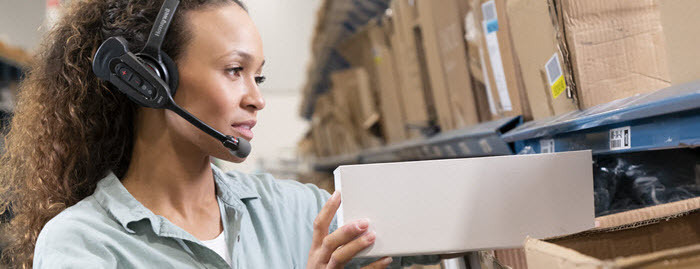These are the coolest topics in cold chain logistics
02 May 2024
4 min read
From April 10 to 12, Brussels thawed thanks to the energy of the Global Cold Chain Alliance 2024 conference. And it was a real thrill! For three days we were immersed in the latest developments and trends in cold chain logistics. In this blog, we will tell you all about the three coolest topics covered during the conference.
Ride along all transportation trends
The transportation market has been on a wild ride over the past few decades. And this has had an impact on cold chain logistics. Here are the top 5 trends that emerged from the GCCA conference.
1. Impact of environmental legislation: Tighter environmental regulations affect transportation costs and encourage a shift to greener practices.
2. Cost pressures on manufacturers: Manufacturers and producers in low-cost countries face additional costs from tariffs and quotas, challenging traditional cost-cutting strategies.
3. Globalization vs. localization: While globalization has long been dominant, we are now seeing a growing trend toward localization. This shift is driven by increasing barriers to international trade and concerns about discrimination against emerging markets.
4. Emergence of high-value, temperature-controlled products: The transportation market is changing from traditional pharmaceutical products, such as acetaminophen, to more specialized drugs that are sensitive to temperature fluctuations. This requires sophisticated cold chain logistics.
5. Automation in food manufacturing: Increasing automation, driven by high labor costs, is seen as the future of food production. This shift promises to reduce carbon emissions and localize production. This will have a significant impact on the transportation sector.
Trend watchers are predicting a shift toward reshoring, localization, and a greater focus on the local end-user. Despite the continued influence of globalization, emerging localization and circularity initiatives suggest that the transportation sector is entering an exciting new phase.
A fresh perspective on cold chain temperature management
The core business of 3PL dynamics once originated in cold chain logistics. Since then, one truth has remained constant: frozen foods must be transported and stored at -18 degrees Celsius. But what if we told you that we were hearing new voices on the subject?
Recent research conducted by Nomad Foods has revealed a remarkable finding: -15 degrees Celsius does not affect the quality of frozen food. But how long before this becomes the new standard? And why -15 degrees Celsius? Here are some key findings that support this new perspective:
1. Environmental, economic and political impact: The temperature at which food is frozen is much more than a number. It has a direct environmental, economic and even political impact. The choice of temperature affects energy consumption, which has implications for both environmental sustainability and economic efficiency.
2. Optimal temperatures: Nomad Foods has conducted research into the quality of frozen food products throughout the value chain. Products were stored at temperatures ranging from -9 to -18 degrees Celsius. The results show that variations within safe margins, such as -15 degrees Celsius, have minimal impact on sensory, nutritional and textural properties.
3. Opportunities for transition: Using lower freezing temperatures can save a lot of energy without compromising the food.
Changing an old idea takes time. But in this day and age, low-cost and sustainable initiatives continue to surprise us. And they can be cost-effective, too. When will you flip the switch?
Tackling food waste is critical
Food waste has a significant social and economic impact. Today, people waste about a third of all the food they consume. But where does all this food go to waste? Is it just the consumer, or is the entire value chain responsible?
The answer is complex. In Europe, half of all food is wasted in the household and the rest in the value chain. These figures are very different from Asia, for example. So it is a very complex problem. But that does not mean we can shirk our responsibility to treat our food well. Imagine all the time and effort you put into growing or nurturing a crop only to have it thrown away. Logistics providers can add value to this waste cycle. Think about it:
1. Reduce food waste: Tackling food waste across the value chain is a major contributor to reducing global emissions and promoting sustainability. Do you already have waste reduction initiatives in place?
2.Leverage technology: Data analytics, data visibility, and AI can help you identify and address inefficiencies in your distribution process.
3. Policy interventions: Policy interventions, such as those proposed by the EU, are critical to drive systemic change and encourage sustainable practices.
Good software helps you address these trends
To remain successful and competitive, it is essential to address these trends. With the right software, logistics providers can address the challenges of environmental sustainability, technological advancement, and waste. Through this software, stakeholders can shape a resilient and sustainable future. Are you curious about how Elevate-IT can help you increase the effectiveness and efficiency of your processes through data visibility? Contact us and get to know all about it.







